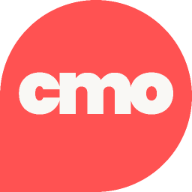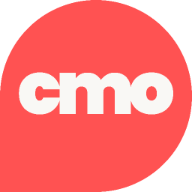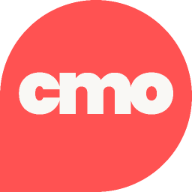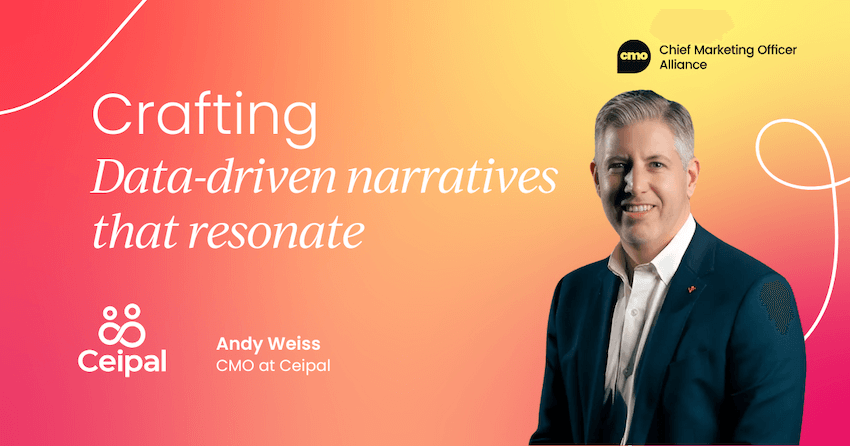This article is based on a presentation given by Andy at the Chief Marketing Officer Summit, New York, 2024. For the full talk, and access to all talks from this event, click here.
I’m Andy Weiss, CMO of Ceipal, a talent software company, and I’m thrilled to dive into the art of data-driven storytelling with you. As a career marketer who’s spent time both agency-side and in-house, storytelling has always been at the core of how I approach brand building.
And while data-driven storytelling isn’t a new concept, the tools and data available to us today have evolved, making it an incredibly exciting time for marketers.
First, let's break down our main talking points:
- Why storytelling matters
- Evolution of data-driven storytelling
- Knowing your audience
- Finding the right data
- Crafting a narrative from data
Why storytelling matters
Let me start with a confession: I didn’t initially want to go into marketing—I actually wanted to make movies. My first “real” job was in Hollywood, working as an intern on the Disney lot.
I spent my days reading script after script, learning a key truth about storytelling: it’s easy to hook someone in those first ten minutes, but keeping their attention through to the end? That’s the real challenge. Those early experiences taught me the power of crafting narratives that resonate, and it’s something I carried with me as I pivoted into marketing.
Over the years, I’ve seen that storytelling isn’t just a creative tool—it’s essential to human connection. It helps us make sense of the world, it connects us to others, and it helps us remember. And from a marketing perspective, storytelling helps us create that emotional bridge between a brand and its audience, something AI hasn’t yet mastered.
The evolution of data-driven storytelling
The idea of using data to tell brand stories isn’t exactly revolutionary—some of the best examples are over a decade old. But what’s different today is that we have an unprecedented amount of data at our disposal, along with the tools to do remarkable things with it.
As marketers, our challenge is to find a way to bridge the art of storytelling with the science of data analysis. The question is: How can we use data to enhance, inform, and validate our narratives?
Knowing your audience beyond demographics
Effective storytelling always starts with a deep understanding of your audience. And I’m not just talking about demographics or basic customer personas. It’s about understanding what motivates your audience, why they’re drawn to your brand, and what emotional connection might be hiding beneath the surface.
Let’s say you’re in the airline industry. An ad touting “the magic of flying” is emotionally engaging, but if you weave in data points—like the number of flights or destinations—you add a layer of credibility and connection.
British Airways did something similar in their now-famous "Look Up" campaign, where digital billboards in Piccadilly Circus showed live information about BA flights overhead, blending magic with real-time data.
That campaign went viral because it tapped into both the heart and mind of its audience, grounding an emotional message in relatable, real-world data.
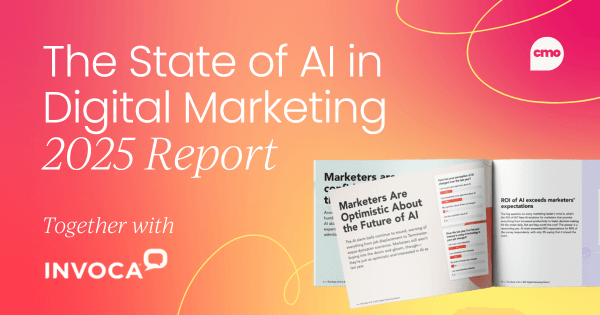
Finding the right data to tell your story
Data can come from almost anywhere—customer purchase histories, engagement metrics, market trends, or competitive analyses. The trick is figuring out which data points are most relevant and meaningful for the story you want to tell. It’s like laying out puzzle pieces and figuring out which ones fit together to create a complete picture.
When I work on a campaign, I like to map out clusters of data to see what stands out. Is there a pattern in customer feedback? Are there emerging trends in engagement on specific platforms?
Sometimes, it’s those small, unexpected data points that turn out to be gold. The goal isn’t to bury your audience in numbers but to find those nuggets that reinforce your story in a way that resonates.
Crafting a narrative from data
This is where the magic happens—but it’s also the challenging part. Blending data with storytelling requires creativity and a willingness to push boundaries. It’s like being a surfer who ignores the “Danger” sign on a cliff and finds the perfect wave on the other side. In marketing, that means using your data in ways that go beyond the status quo, finding connections that may not be immediately obvious.
A colleague and I once faced the challenge of introducing a new hot dog without overshadowing their classic product. So, we decided to create the data and build a story around it.

We launched a campaign where each customer review raised the value of a coupon, encouraging customers to share their reactions on social media. This approach helped us tell a story around the product’s quality while amplifying word-of-mouth. The campaign was incredibly successful, proving that data-driven storytelling can be incredibly impactful when done right.
Real-world B2B data storytelling: Gong’s approach
In the B2B world, Gong offers a fantastic example of data-driven storytelling. Gong uses data from sales calls to create insights that are both informative and engaging.
They share simple but compelling stories on LinkedIn, like how top performers avoid sharing price early in a call or how asking too many questions in executive-level meetings can reduce win rates. These bite-sized insights pull in audiences by offering practical advice while highlighting the unique value Gong’s software brings to the table.
Making data personal: The nest thermostat
Nest’s thermostat is another great example. Saving energy isn’t exactly thrilling, but Nest turns it into a game with its “leaf” feature. Each time you adjust your thermostat to a more energy-efficient setting, you earn a “leaf.”
Nest’s monthly email recaps how many leaves you’ve earned, how your energy use stacks up against other users, and even how close you are to hitting certain milestones. This is a prime example of using data to create an ongoing story that makes an impact on the individual level while promoting larger environmental goals.
Creating FOMO with Data: Spotify wrapped
Spotify has nailed data-driven storytelling with its annual Spotify Wrapped campaign. They turn users’ listening data into a year-end summary, showcasing top artists, most-played songs, and listening habits in a beautifully visualized, shareable format.
But Spotify doesn’t stop at individual data—they also use Wrapped to create a sense of FOMO. If you’re not a Spotify user, you don’t get a Wrapped recap, which in turn encourages more people to join Spotify so they can be part of the experience next year. This blend of personal and social storytelling is a masterclass in using data to build community and drive growth.
How to start telling data-driven stories
There are four essential steps in crafting a data-driven narrative:
- Know your audience: Dive beyond the basics and understand what motivates them on an emotional level.
- Identify the right data: Look at your available data and find those unique insights that align with your story.
- Connect the Dots: Look for patterns, trends, and those “aha” moments that bring your data to life.
- Build the narrative: Weave data into a story that not only informs but resonates. Don’t be afraid to experiment—try different approaches and see what sticks.
The Intersection of data, storytelling, and AI
We’re on the brink of an AI-driven future in marketing, but storytelling will remain a powerful differentiator. The intersection of data and storytelling is where marketing magic happens, allowing us to make genuine connections with our audience.
Experiment, play with your data, and take risks. As AI tools become more integrated into our workflows, the human element—our ability to craft compelling, data-enhanced stories—will continue to set brands apart.
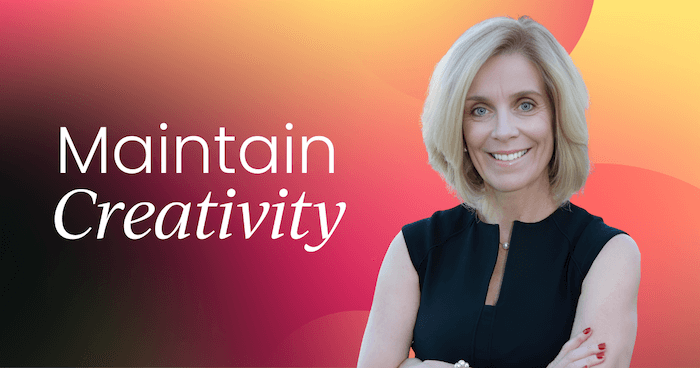
So here’s my challenge to you: take that first step. Look at the data you have at your disposal, start small, and experiment with incorporating it into your storytelling.
I’m excited to see where this journey will take all of us as marketers, and I hope these examples have sparked some ideas for how you can blend data and storytelling in your own work. Let’s continue to innovate and find new ways to connect with our audiences.
To wrap up: Embrace storytelling
At its heart, data-driven storytelling is about bringing a deeper level of connection to the way we market, helping brands stand out by creating meaningful, memorable narratives.
As marketers, our ability to blend the science of data with the art of storytelling will be key in navigating a world that’s increasingly driven by AI and digital tools.
By understanding our audience, identifying valuable insights, and crafting stories that resonate, we can create authentic, engaging experiences that go far beyond the numbers.
So start small, experiment with your data, and let your creativity lead the way. The most compelling stories are waiting to be told—and they just might start with a single data point.
Want to hear more about tried and tested data-backed strategies? If you have insights to share, or questions to ask, share them with a global network of marketing leaders on the CMO Alliance Community Slack channel.







.png)


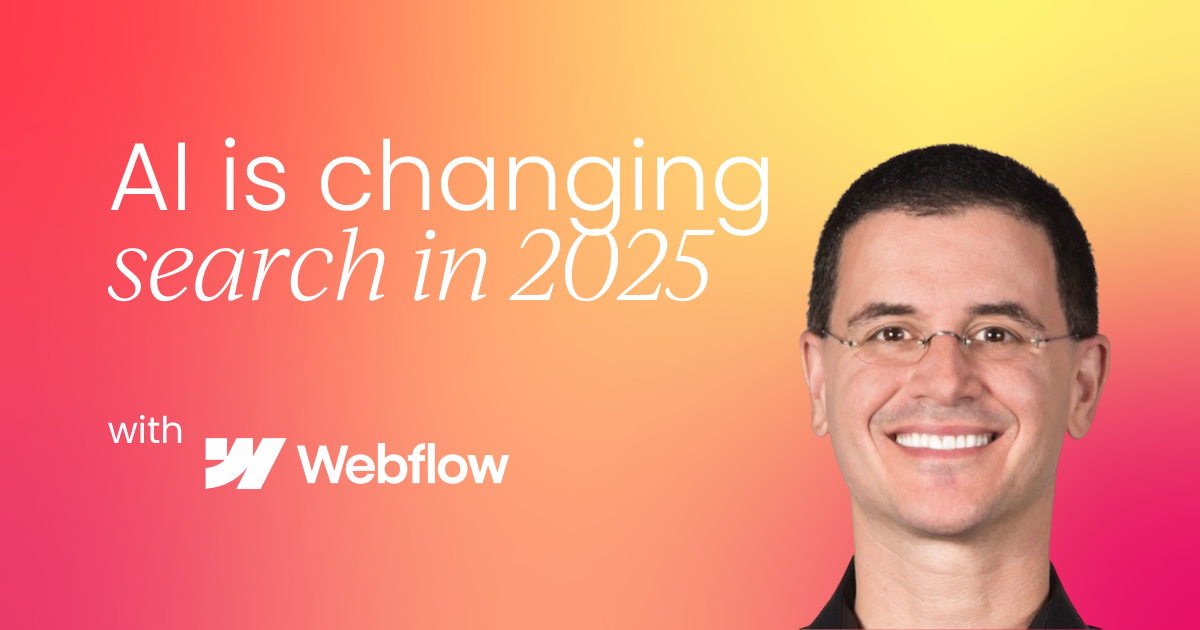
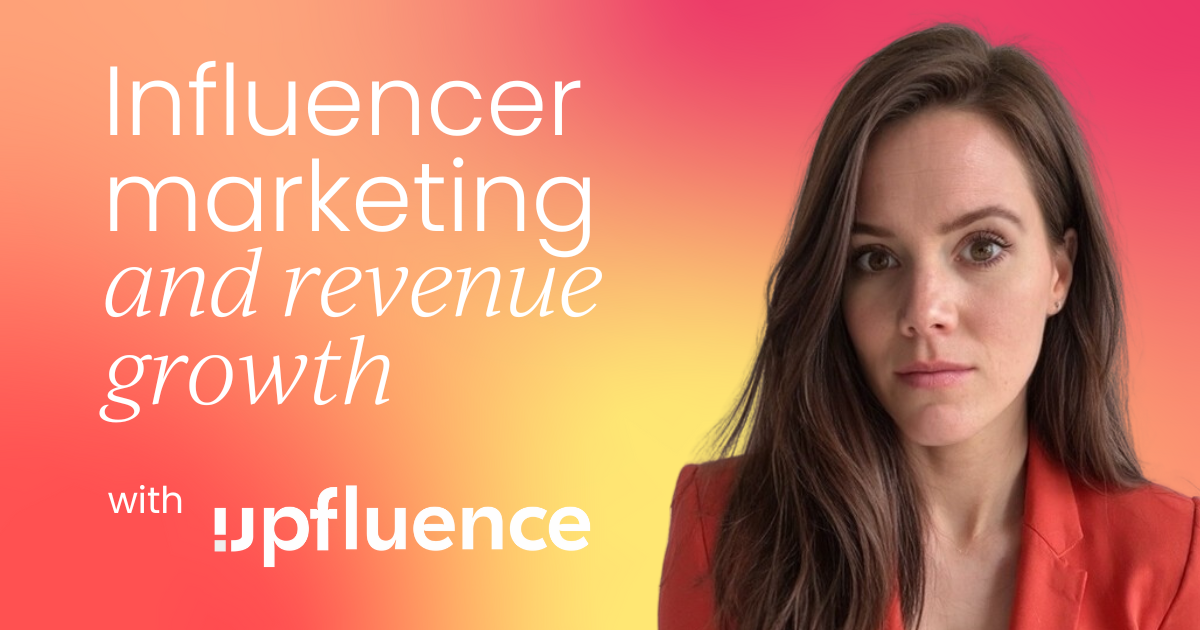
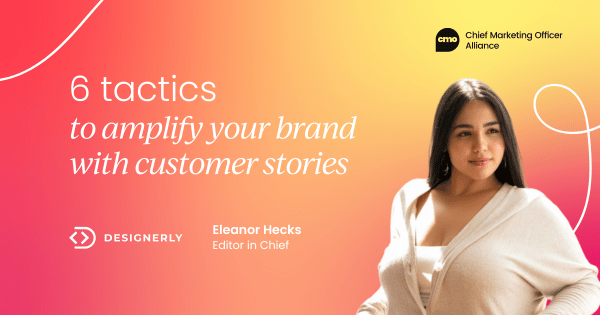




 Follow us on LinkedIn
Follow us on LinkedIn